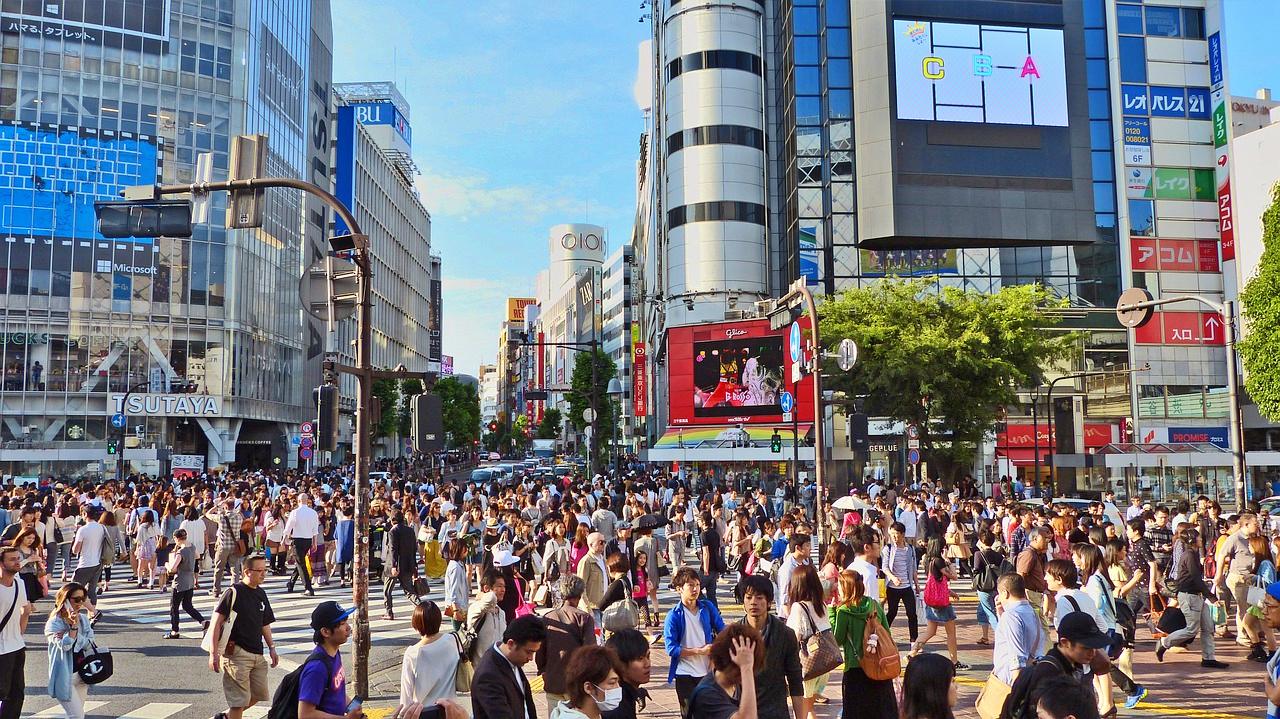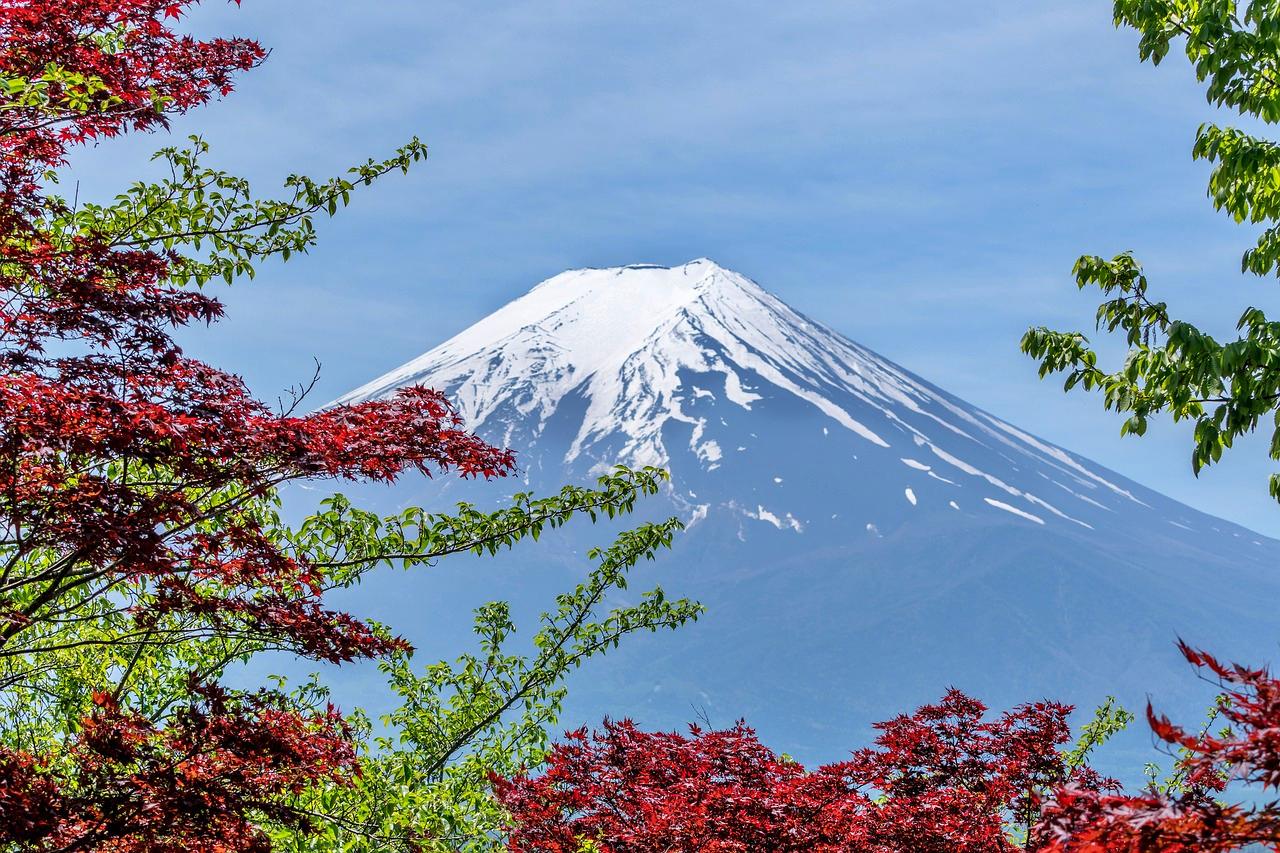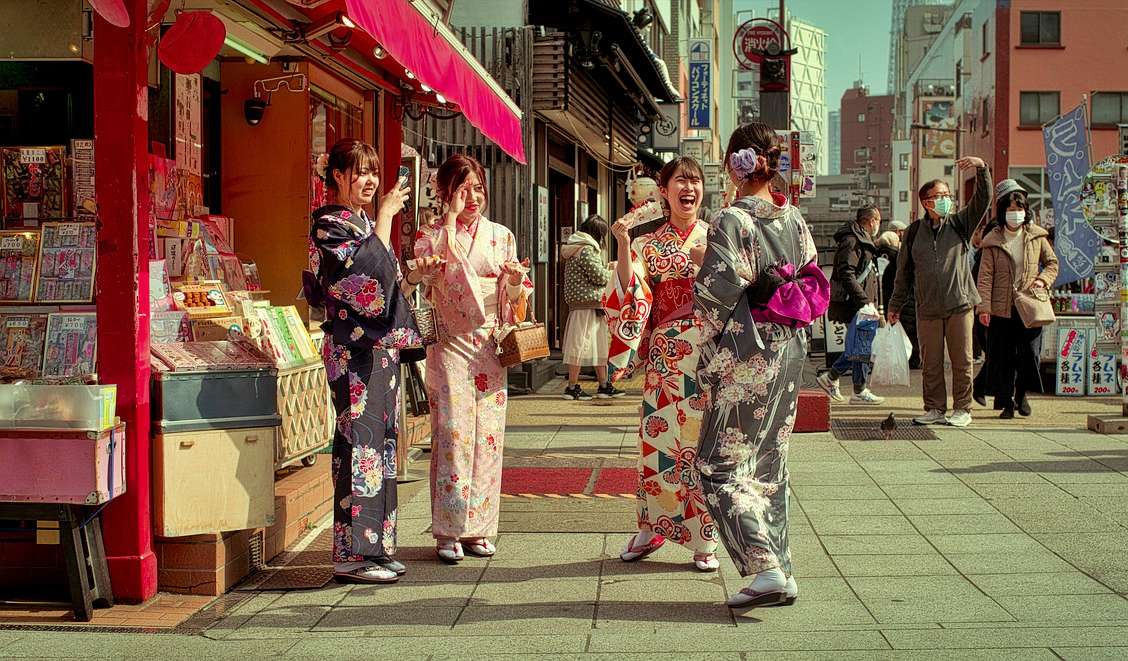Self-Guided Tours Are Back As Japan Eases Travel Regulations In Time For Fall

Japan eases back on its strict rules for travelers

Finally, on September 7, Japan scrapped that rule in favor of a more relaxed policy that now allows for self-guided tours. However, that doesn’t mean you can just hop on a flight and immediately head to Tokyo. Basically, travelers need to book their flight and accommodation through a registered travel agency. This way, the Japanese government has a point of contact for travelers. For now, it’s a case of package vacations only, whether on guided or self-guided tours.
New travel regulations for Japan
Currently, travelers must wear masks and adhere to other COVID-19 measures in Japan, as the country cautiously returns to tourism after the pandemic. Any unvaccinated travelers are also required to present a negative COVID-19 test, taken within three days of departure. They must also install the MySOS app, where they can register the test results.
Prior to the COVID-19 pandemic, Japan offered visa-free entry to travelers from around 68 countries, including Australia, Malaysia, South Korea, the US and the UK. However, for now, for Foreign Ministry states that everyone needs a visa, regardless of where they are traveling from.
How to get a visa for Japan

Once this has been processed, travelers will receive a document to take to their nearest Japanese embassy or consulate for the visa application. Alternatively, this can be organized by the travel agency booking the trip. This normally takes around five working days after the documents have been received and accepted.
eVisa for US and Canadian citizens
Last month, a new eVisa scheme was introduced in Japan for US and Canadian citizens. Meanwhile, this is available for leisure and business travelers, as well as those visiting relatives. In this case, applicants must hold a valid US or Canadian passport.
However, before applying for an eVisa, applicants need to obtain a certificate for registration to the ERFS via the tour agency they have booked with. Meanwhile, the Japanese embassy says that those visiting relatives do not need to apply for ERFS. Instead, they must supply marriage certificates or proof of kinship.
Once everything is in order, travelers can then complete the eVisa form online via the Ministry of Foreign Affairs. Meanwhile, they will need passport information, travel documents and supporting documents including the ERFS handy. Moreover, a processing fee will also apply, but once the application is complete and has been approved, the eVisa will be sent via email.
COVID-19 vaccination requirements for Japan

Meanwhile, those from yellow and red designated countries are subject to additional regulations including testing on arrival and quarantine.
